Top Lists
Top Exotic Cloud Forest Around The Globe
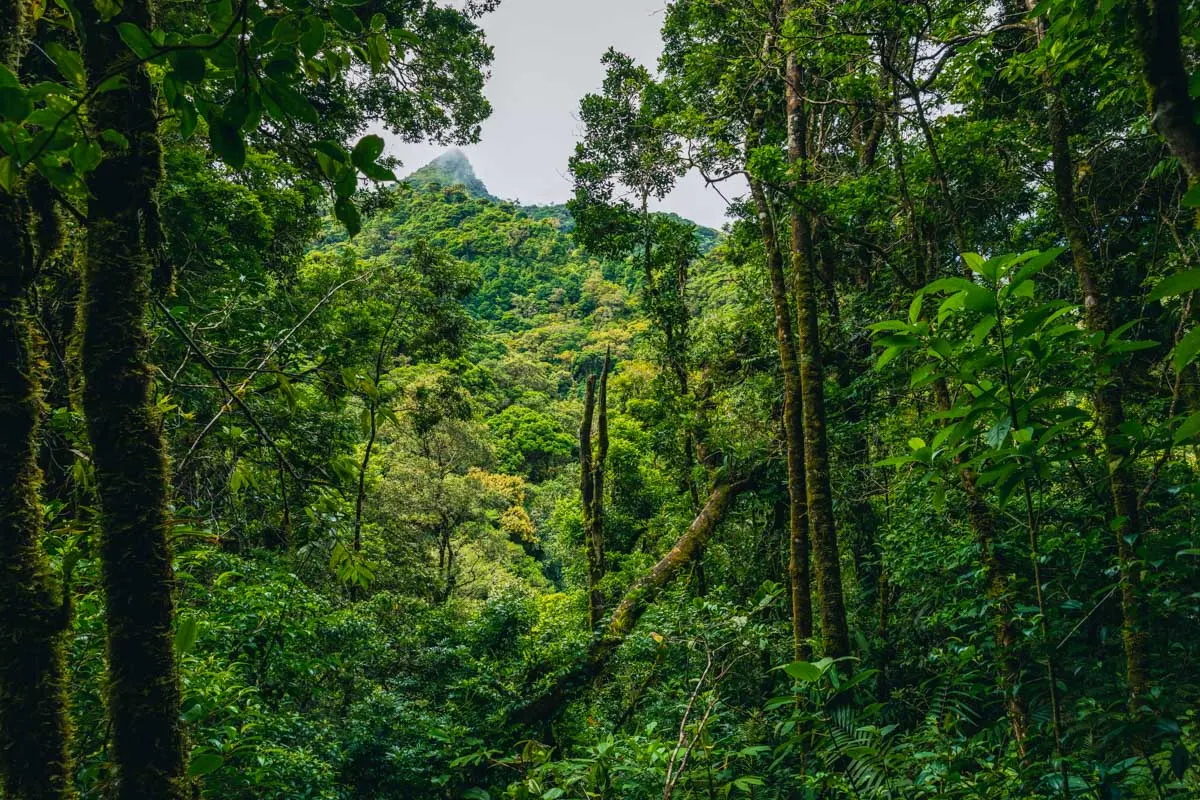
Cloud forests are misty forests found in tropical and subtropical regions, and they are part of evergreen ecosystems. The formation of cloud forests depends on altitude and proximity to the sea.
Here are some lesser-known yet exotic cloud forests from around the world. If you’re interested in exploring these enchanting places or enjoy traveling, this list will captivate your curiosity.
1. Monteverde Cloud Forest Reserve, Costa Rica
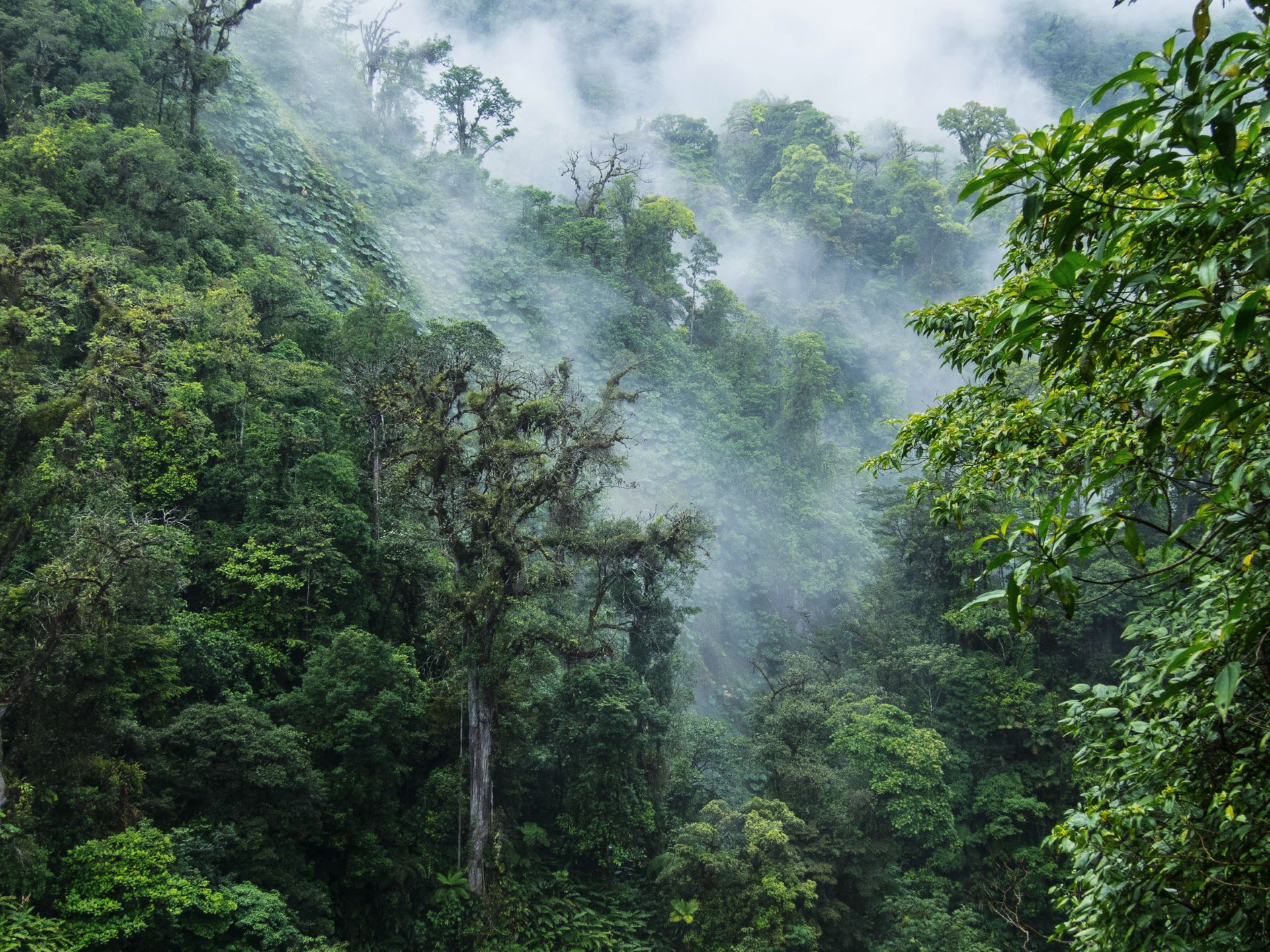
Monteverde Cloud Forest Reserve, also known as Reserva Biológica Bosque Nuboso Monteverde in Spanish, is a protected area in Costa Rica. Established in 1972 and named after the nearby town of Monteverde, the reserve covers more than 10,500 hectares (26,000 acres) of cloud forest. Each year, approximately 70,000 people visit this remarkable site.
The reserve encompasses six distinct ecological zones, with 90% of the land consisting of untouched forests.
Additionally, the reserve is home to 100 mammal species, 400 bird species, 120 reptile and amphibian species, and countless insects. These remarkable features attract scientists and tourists from around the world. Located in Costa Rica, the Monteverde Cloud Forest Reserve is a popular destination for nature lovers. Its elevated position and abundant rainfall create optimal habitats for a wide array of plants and animals. Visitors have the opportunity to partake in guided hikes, observe a multitude of bird species, and experience exhilarating canopy tours.
2. Valdivian temperate forests
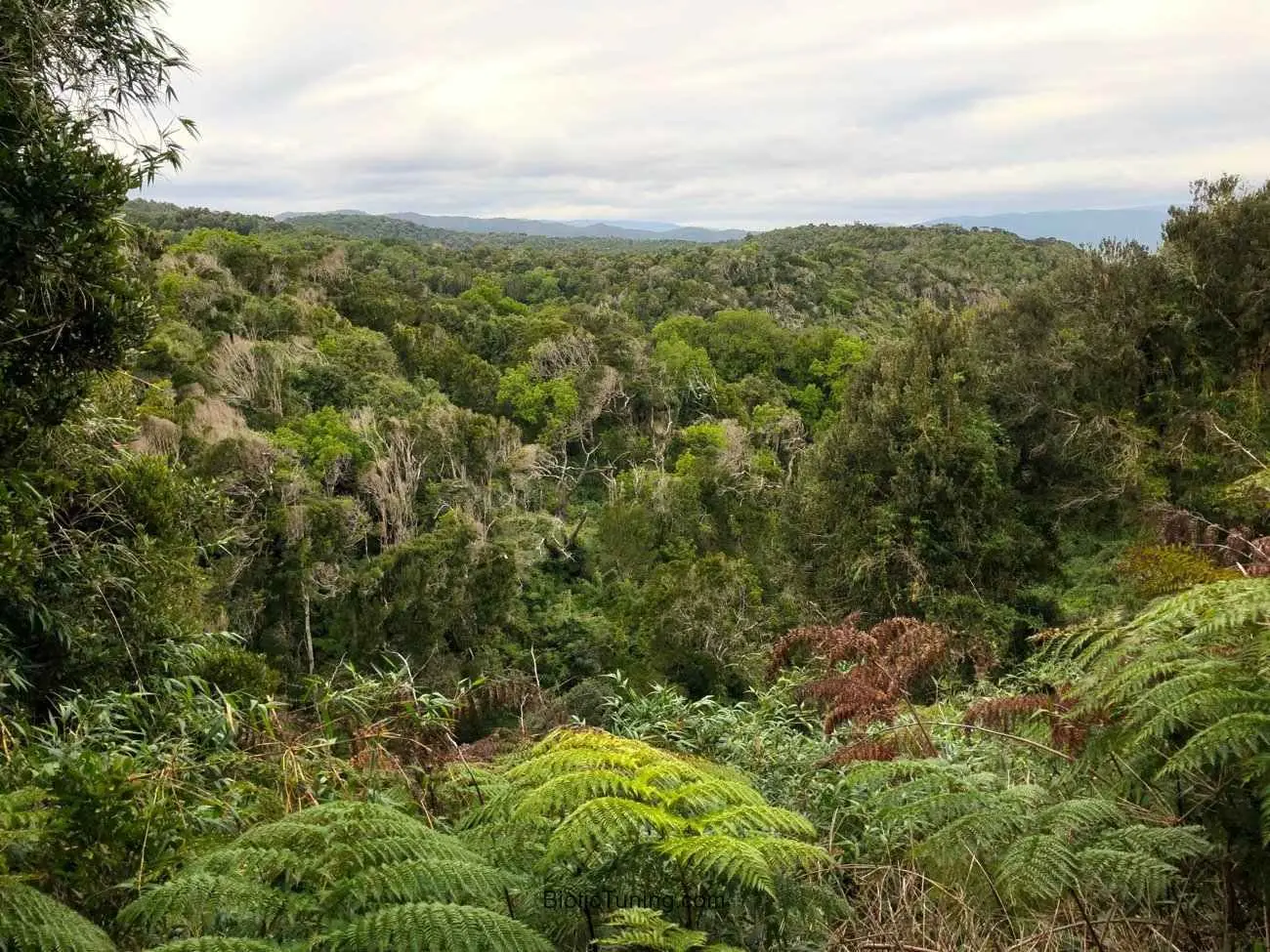
The Valdivian temperate forests, located in Chile and Argentina, are a type of ecoregion in southern South America. These forests, also known as the Valdivian temperate rainforests, have dense of bamboo and ferns. Situated in the southern part of Chile, this forest is a cloud forest with a cool and humid climate. It houses ancient tree species, such as the impressive Alerce tree, and offers beautiful landscapes covered in moss and picturesque rivers for nature enthusiasts to explore.
3. Bwindi Impenetrable Forest
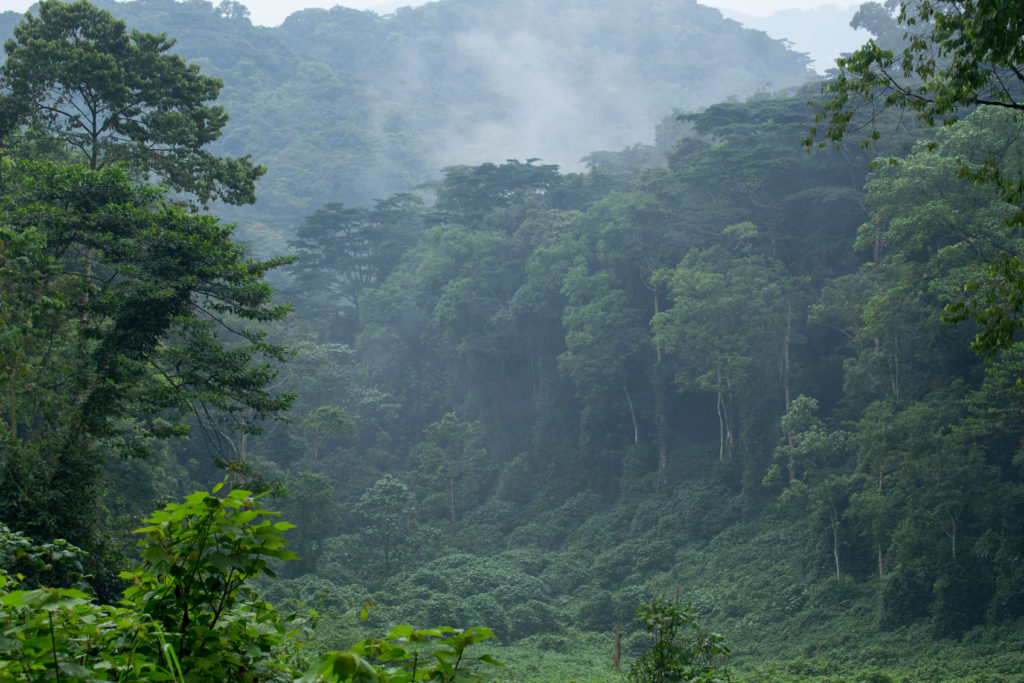
Bwindi Impenetrable Forest is a large ancient forest in southwest Uganda. It is located in the Kanungu District, on the edge of the Albertine Rift, at elevations ranging from 1,160 to 2,607 meters (3,806 to 8,553 feet). The forest is home to approximately 160 species of trees and over 100 species of ferns. Bwindi Impenetrable Forest is a UNESCO World Heritage Site and attracts many wildlife enthusiasts.
4. Sumaco Napo-Galeras National Park, Ecuador
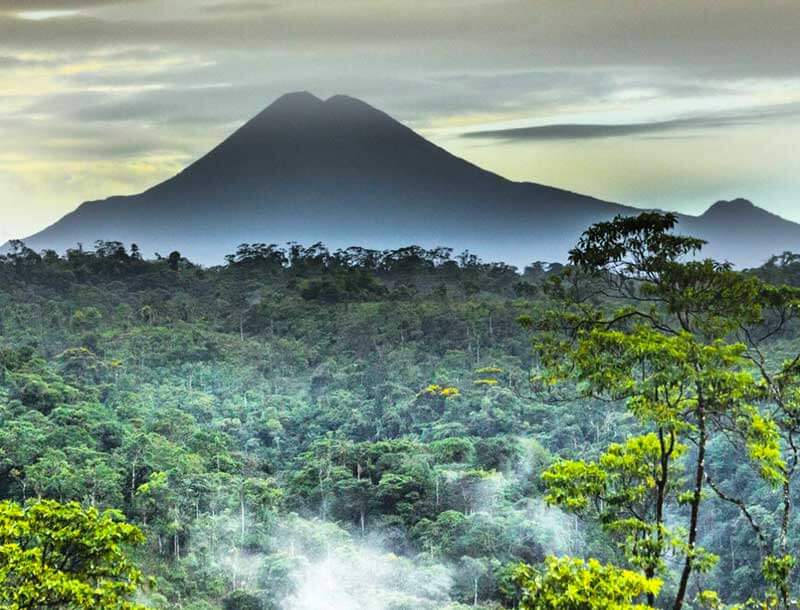
Sumaco Napo-Galeras National Park is a protected area in Ecuador that spans the Napo, Orellana, and Sucumbíos provinces. It features the Sumaco volcano, reaching a height of 3,732 meters, and has an elevation range from 600 meters to the summit. Situated in the Amazon rainforest, this park offers an opportunity to explore the enchanting cloud forests with their abundant plant and animal life, including unique orchids, bromeliads, and rare birds.
5. Kinabalu Park, Malaysia
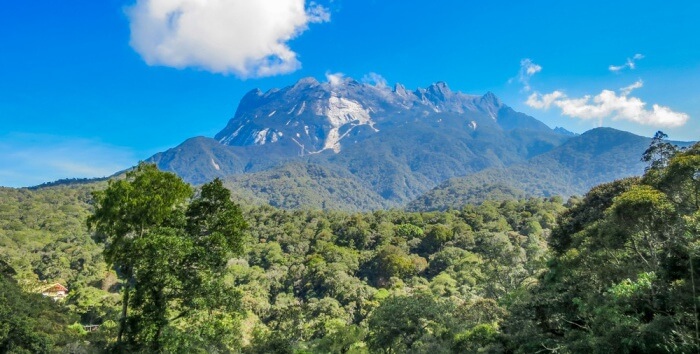
Kinabalu Park is Malaysia’s first World Heritage Site, recognized by UNESCO in 2000 for its exceptional and significance as one of the world’s most important biological sites. Established in 1964, it is one of Malaysia’s earliest national parks. Covering 754 square kilometers around Mount Kinabalu, the highest mountain on Borneo Island, the park boasts over 4,500 species of flora and fauna, including 326 bird species, around 100 mammal species, and over 110 land snail species.
6. Shola Forest, India

Sholas are small forests found in valleys among grassy areas in South India. They are mainly located in Kerala, Karnataka, and Tamilnadu. The word ‘Shola’ comes from the Tamil word cõlai, which means grove.
The shola-forest and grassland complex is considered climatic climax vegetation. Some believe that the complex may have originated from early herders and shifting agriculturists who burned and cleared forests.
7. El Cielo Biosphere, Mexico
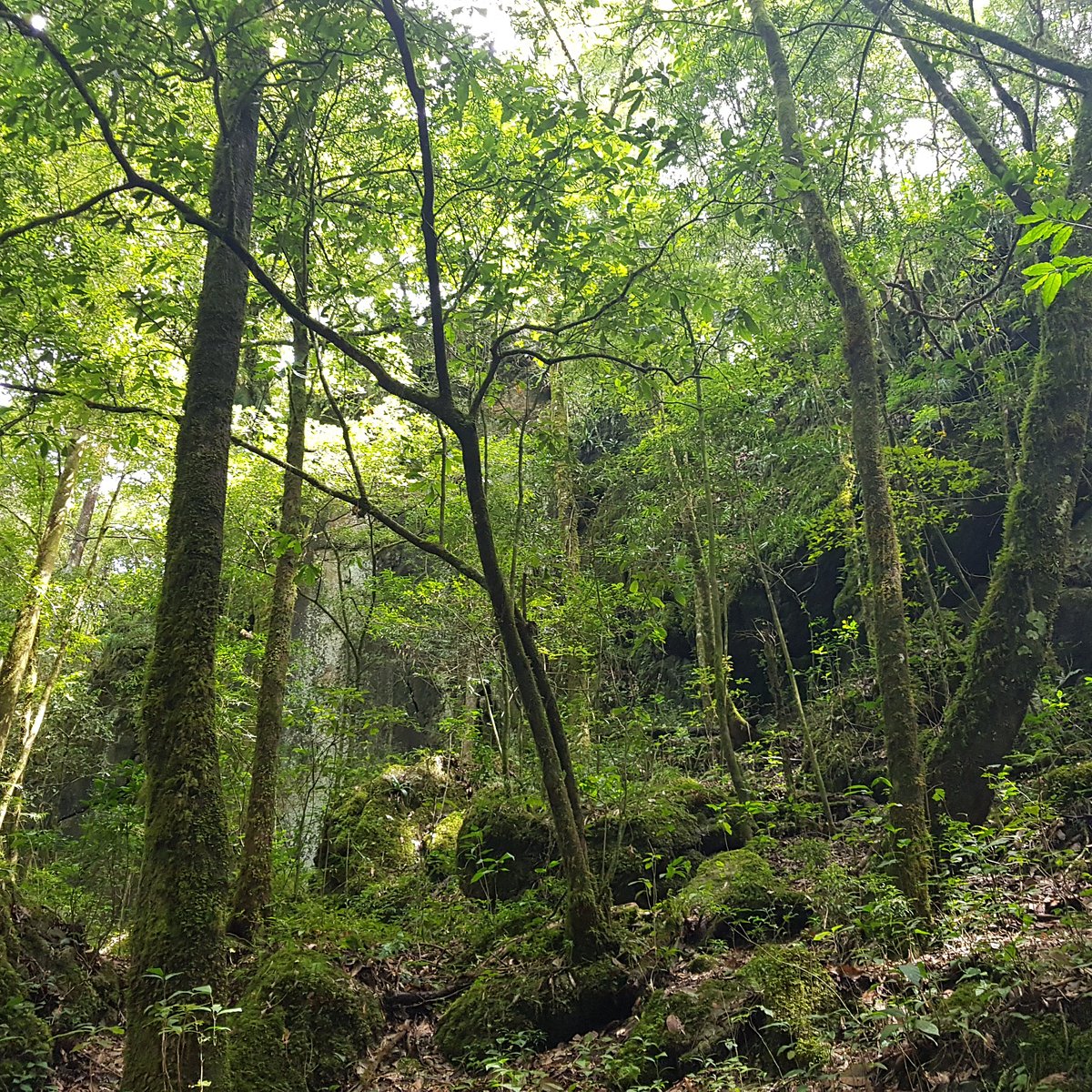
The El Cielo Biosphere Reserve is situated in the southern part of Tamaulipas, Mexico, near the town of Gómez Farias. It safeguards the northernmost tropical forest and cloud forest in the country, covering an area of 144,530 hectares (357,100 acres; 558.0 sq mi).
The reserve consists mostly of steep mountains, ranging from approximately 200 meters (660 ft) to over 2,300 meters (7,500 ft) in altitude. In 1985, the state of Tamaulipas designated it as a protected area, and in 1987, it received formal recognition as a biosphere reserve from UNESCO’s Man and the Programme.
Conclusion:
These are just a few examples of the many cloud forests waiting to be explored around the globe. Each offers its own distinct charm and natural wonders, making them must-visit destinations for nature lovers and adventure seekers alike. Remember to respect and preserve these fragile ecosystems so that future generations can continue to appreciate their beauty.
